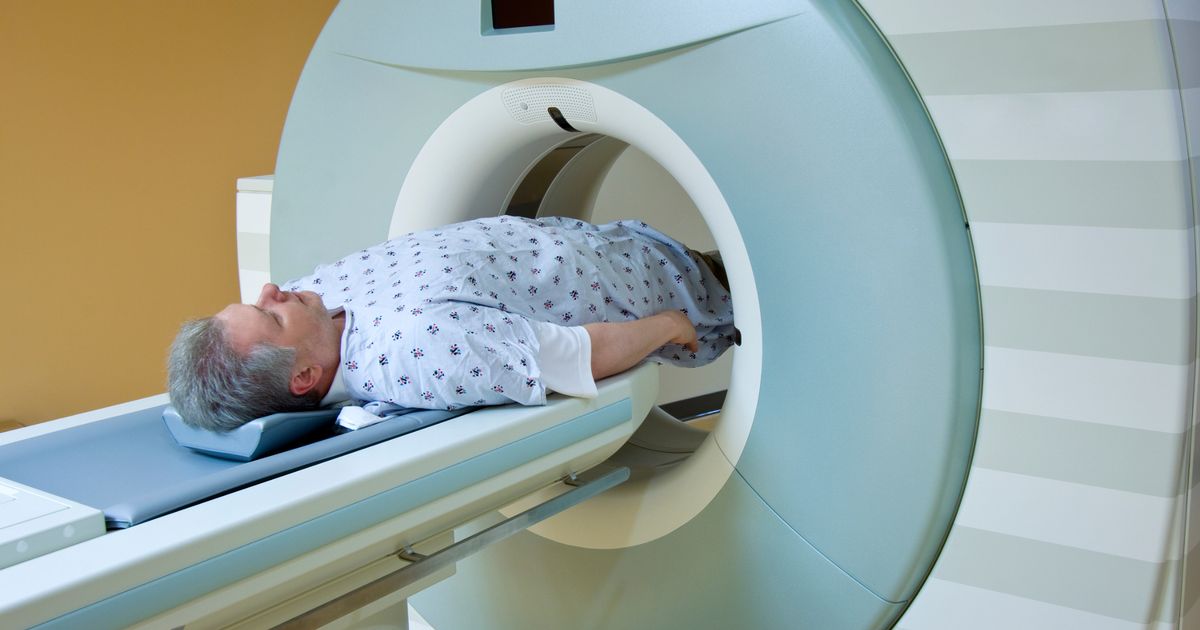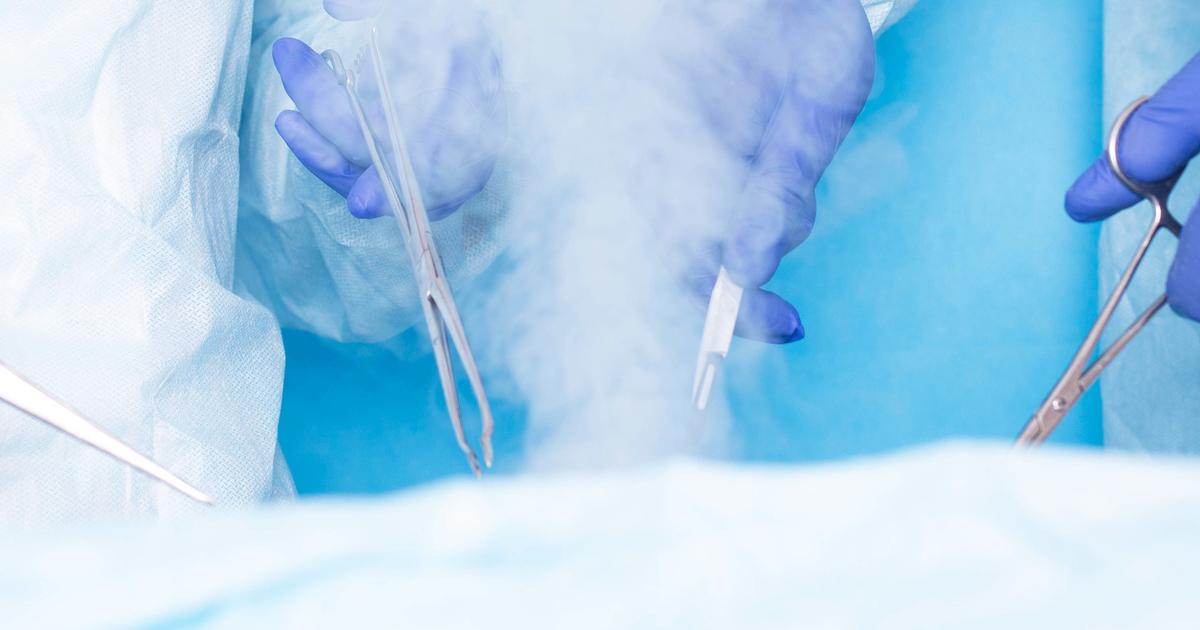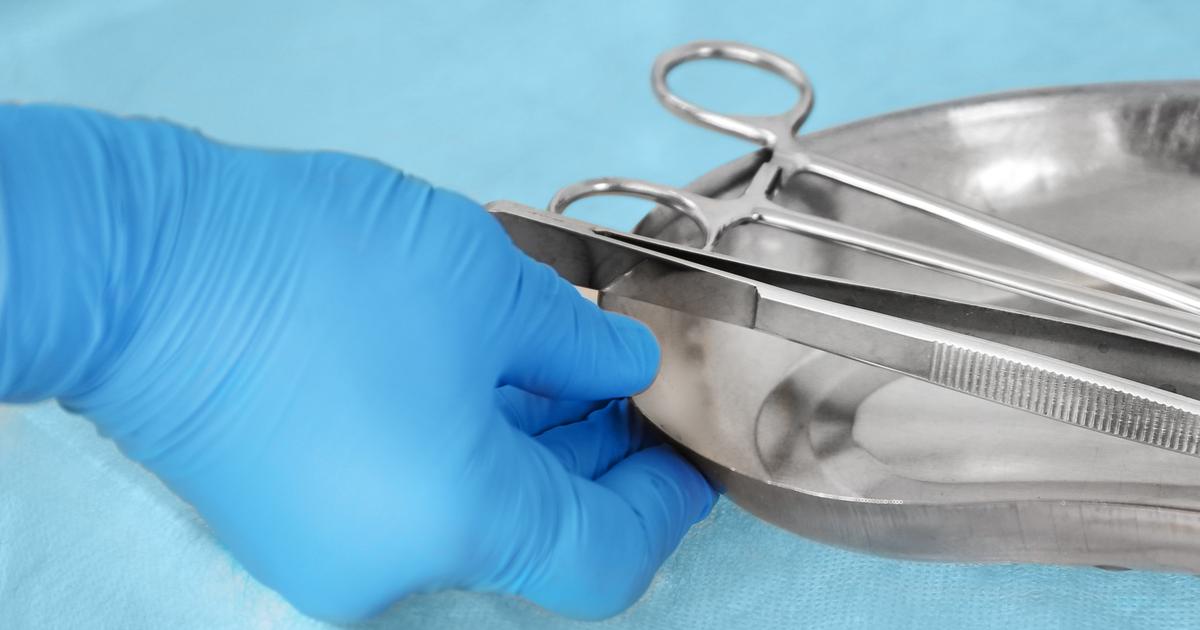How To Treat Cowden Syndrome
Cowden syndrome is a condition characterized by the development of numerous hamartomas at multiple different sites in the body. Cowden syndrome occurs in individuals who inherit genetic mutations in the tumor suppressor gene referred to as the PTEN gene. Individuals who have Cowden syndrome have a significantly higher risk of developing numerous types of cancer, including thyroid cancer, breast cancer, melanoma, colorectal cancer, kidney cancer, and endometrial cancer than unaffected individuals. Cowden syndrome patients also commonly experience macrocephaly, noncancerous tumors of the hair follicles, hamartomatous polyps, and papillomatous papules around the mouth. Multiple hamartomas on the body tend to show up by the time the patient reaches their second decade of life.
Despite the complications of Cowden syndrome, there are numerous options available for treatment. Get familiar with them now.
High-Risk Cancer Screening

A Cowden syndrome patient will need to have high-risk cancer screening as part of their treatment plan to ensure early detection of any potential malignancy. High-risk cancer screening should begin at five years before the age of first cancer diagnosis in the patient's family or at eighteen years, whichever comes first. An individual who has been diagnosed with Cowden syndrome will also need to have an annual thyroid ultrasound exam beginning at the time of their diagnosis. Colonoscopies for the screening of bowel cancer should begin at thirty-five years old and be performed every five years unless the individual is presenting with symptoms or the age of component cancer diagnosis in a family member was before thirty-five. A renal ultrasound to screen for kidney cancer should be performed every one to two years beginning at forty years old. Women should have breast examinations starting five years before the age of the youngest breast cancer diagnosis in the family or at twenty-five years old, and they should repeat every six to 12 months. Breast MRI and mammograms should be performed yearly in an affected individual starting at thirty years old. Women who have Cowden syndrome should have random endometrial ultrasounds or biopsies once a year, beginning at thirty years old.
Keep reading to learn more about treating Cowden syndrome now.
Cancer Treatment

Cowden syndrome patients may need to undergo cancer treatment, should any precancerous or cancerous lesions be detected during routine high-risk cancer screening. The most common forms of cancer to occur in individuals affected by Cowden syndrome are thyroid gland cancer, breast cancer, and endometrial cancer. The first part of cancer treatment when it comes to these forms of cancer is the surgical excision of the cancerous lesion and a considerable margin of healthy tissue around the tumor or tumors. Most initial malignant tumors in Cowden syndrome patients can be surgically resected, but some may require radiation therapy before surgery to shrink the tumor and make it easier to remove. Radiation therapy uses beams of high energy particles or x-rays to damage the DNA inside of cancerous and precancerous cells. This mechanism causes these cells to die or be unable to grow and spread. For Cowden syndrome patients who develop cancer that cannot be cleared by surgical excision alone, systemic chemotherapy may be needed. Chemotherapy is the use of drugs to kill off rapidly dividing cells in the body.
Get more information on how to treat Cowden syndrome now.
Laser Ablation

An individual affected by Cowden syndrome may need to undergo laser ablation as part of their treatment plan if any abnormal lesions are found that do not warrant a traditional excision procedure. Laser ablation uses a high energy beam of light to destroy the top layers of problematic tissue so healthy and normal tissue can grow back in its place. However, laser ablation is only an effective method for the removal or destruction of superficial abnormal or precancerous tissues. This technique is utilized when traditional surgical excision procedures would cause unnecessary removal of healthy tissue. Laser ablation has numerous benefits over traditional surgical excision, including less dysfunction, less scarring, less bleeding, less time, and may not require a traditional incision. Laser ablation is only used on Cowden syndrome patients after a tissue biopsy has been taken, as the procedure itself does not allow for the biopsy of the lesion. For malignant lesions, a more aggressive approach with laser ablation is usually taken: wide laser excision.
Read more about treatments for Cowden syndrome now.
Cryosurgery

Cryosurgery may be part of the treatment plan of an individual affected by Cowden syndrome. Patients may develop multiple papules on their face, tongue, and lips. Hamartomas of hair follicle tissue on the face and body may also become a cosmetic and or functional issue. A Cowden syndrome patient may develop polyps in the intestinal tract with the potential to become malignant. Cryosurgery can be used to eliminate all of these abnormal lesions in an individual who has Cowden syndrome. Cryosurgery is a surgical procedure where extremely cold temperatures are used to eliminate abnormal or precancerous tissues before they have a chance to cause a problem. These extremely cold temperatures are usually obtained through the use of liquid nitrogen, carbon dioxide, or argon. While most cryosurgery procedures are used to eliminate abnormal and precancerous lesions on an individual's skin, it can also be used on lesions inside of the body. Cryosurgery can be used during a colonoscopy to destroy intestinal polyps, early prostate cancer, abnormal or precancerous lesions on the liver, and many others.
Learn more about treating Cowden syndrome effectively now.
Curettage

Curettage may be necessary for an individual affected by Cowden syndrome as part of their treatment plan. It is a procedure where parts of tissues are removed from the inside of an individual's uterus. Females affected by Cowden syndrome are at a higher risk of developing cancerous lesions in their endometrial tissues and noncancerous polyps in the uterus. The uterus is a hollow organ shaped like a pear where an unborn baby forms and develops. The endometrium is the layer of tissue that lines the inside surface of an individual's uterus. Endometrial cancer refers to a malignancy that develops in the cells of the endometrium. For individuals with lesions that are suspected to be endometrial cancer or uterine polyps that have not penetrated past the uterine lining tissues, curettage can be used to remove the tissue and preserve it for a biopsy. Curettage uses a specialized instrument referred to as a curette that allows for the scraping action on different layers of tissue with good precision.